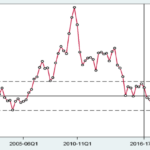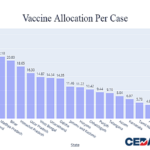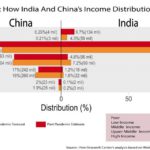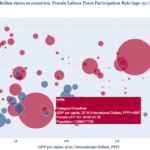Picture This: Inflation Expectations and Reality
As has been reported, all 5 states that go to the upcoming polls have experienced inflation rates higher than the national average. In the past five years, Punjab has experienced rates of inflation higher than the national average in three years, while UP has seen two years of higher-than-average inflation. As some commentators have noted, inflation rates may have a negative effect on incumbents’ political prospects, with high vegetable prices in the past playing a role in significant electoral defeats.
But what about expectations of inflation in these states?
Inflation expectations are an important indicator that assist the Reserve Bank of India (RBI) in better inflation targeting. The RBI conducts two surveys to gauge inflation expectations. These are the “Survey of Professional Forecasters” and the “Survey of Inflation Expectations of Households”. The latter survey focuses on the expectations of households regarding what inflation would be in the future, conducted across 19 cities. In this post, we look at what households in two cities – Lucknow in Uttar Pradesh and Chandigarh in Punjab – expect future inflation – i.e. their expectation of overall consumer price inflation one year ahead – to be.
The chart tracks inflation expectations between March 2018 and November 2021. We observe that inflation expectations of households in Chandigarh generally tend to be lower than national expectations, falling even lower towards the end of 2021. In contrast, households in Lucknow had higher expectations than the rest of the country till 2019, before roughly falling in-line with the national average. However, the expectations of inflation rose in November 2021; while the rest of India expected an inflation rate of roughly 12.6 per cent, households in Lucknow expected it to be nearly 15 per cent one-year hence, while households in Chandigarh only expected it to be 9.7 per cent.
While this is not a definitive account – the surveys were conducted in only these two cities of these states – it does point to interesting differences in expectations and experiences of inflation. If we assume actual inflation to determine voting patterns, then Punjab’s experience of actual inflation above the national average would play an important role. But if expectations of inflation are a determining factor, then it seems like voters in Lucknow are more concerned with inflation as compared to those in Chandigarh. The impact of inflation on the elections, therefore, remains to be seen.
If you wish to republish this article or use an extract or chart, please read CEDA’s republishing guidelines.







